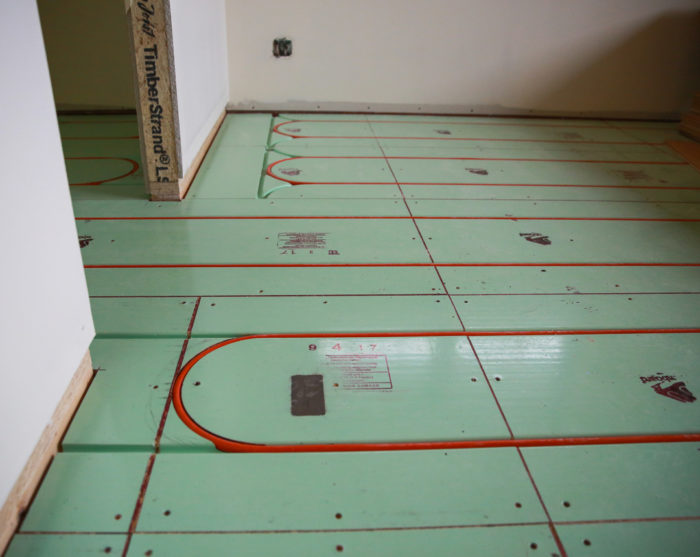
Image Credit: Justin Gibbs
Steve Mackay is already committed to radiant floor heat in the house he is building. Why not, he wonders, use the same system for cooling?
“I’ve read a lot of the pros and cons about using radiant floor heating in a well designed home and I understand that we probably should go with forced air,” Mackay writes in Q&A post. “There are a number of reasons why I am still looking at radiant floor heating, most of which are not technical justifications but more because we really really want it . . . Having made a decision on radiant floor heating, does it make sense to go with radiant floor cooling?”
In areas with high summer humidity, water vapor can condense on cold water lines. Similarly, water can accumulate on flooring cooled by a radiant floor cooling system. But Mackay writes that he is building in Climate Zone 6A where humidity ranges between 20% and 35%. The house will be well insulated and well sealed — walls insulated to R-30, the roof insulated to R-60, and airtightness at 1.5 ach50. In other words, Mackay is planning a much better than code-minimum house.
Mackay refers to an article that mentions several successful radiant cooling systems. But they were in airports and schools, not private homes.
“Is this even a thing in a residential home?” Mackay asks. “I understand that we will have to be careful about set points to ensure we don’t have condensation buildup on the floors. We are planning polished concrete floors on the basement and on the first floor. (I understand that extra structural support is required for the first floor.) There will be no wood or installed carpet; we will likely have a few rugs here and there. It seems like radiant floor heating combined with a cooling solution might make…
Weekly Newsletter
Get building science and energy efficiency advice, plus special offers, in your inbox.

This article is only available to GBA Prime Members
Sign up for a free trial and get instant access to this article as well as GBA’s complete library of premium articles and construction details.
Start Free TrialAlready a member? Log in





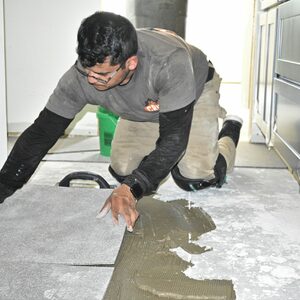
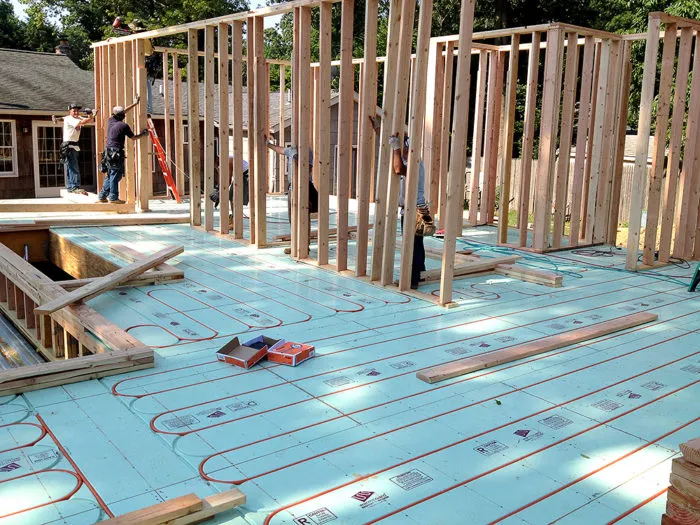
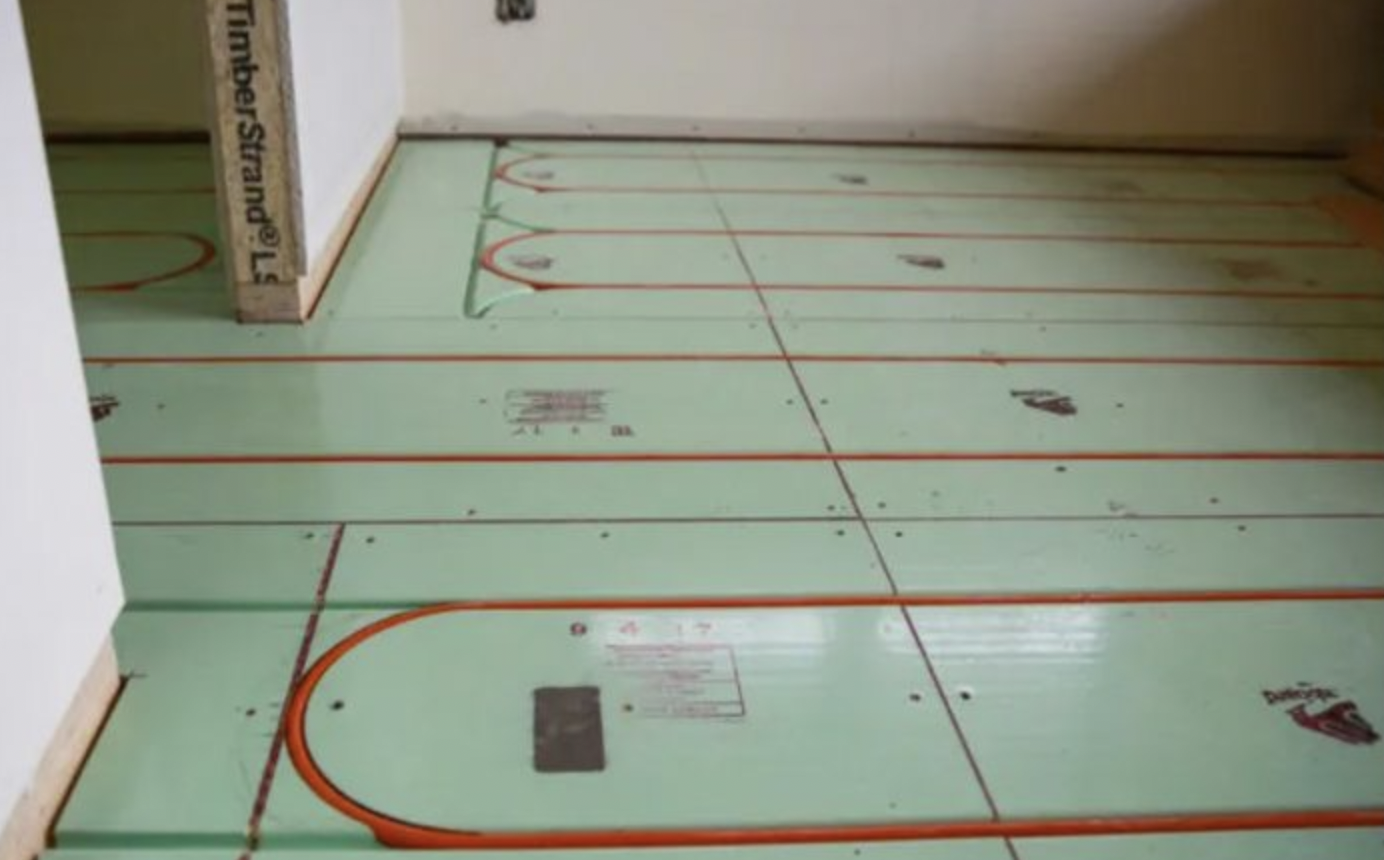
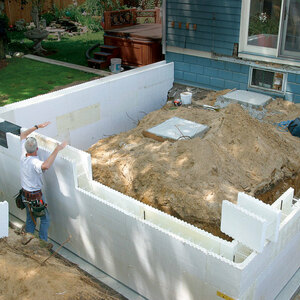






4 Comments
floor temp for 13 Btu/hr/ft2
Below suggests that the floor surface temp might be 66F with a supply temp of 55-58F. This gives an idea of what outdoor dew points are condensation safe without dehumidification.
https://www.hpacmag.com/features/radiant-cooling/
It would be interesting to see discussion about practical, residential sized DOAS systems (ie, dehumidification of ERV/HRV air). Such systems are also relevant in homes without radiant cooling - they provide comfort when it's 77F and very humid outside.
You may want to take a look at this sensor,
The desert is a strange place I am sure it will be fine most days but Colorado can see 62° dew points days you will need to be careful as the supply water is likely to be below the dew point.
You may want to take a look at this sensor. You could have it trip an alarm, start a dehumidifier or shut down the AC.
http://www.airtest.com/support/datasheet/EE46.pdf
Walta
Active Condensation Control
Walter,
If condensation is possible in a radiant floor cooling application, you have to have active water temperature control based on measured humidity levels. Our system uses a combination of humidity and floor temperature sensing Tekmar thermostats, a Tekmar 406 "house controller", and a variable speed mixing pump to ensure floor zones never see water temperatures that can cause condensation.
While the house has been operating in cooling mode for more than a month, we only moved in last week. Even in that short time, we've had several days near or above 100, but inside temps have held steady in the low 70s (a degree or two on either side of what the thermostats are set to).
radiant floor cooling
Radiantec has promoted Open Direct radiant floor heating that also has a "limited cooling capacity". Incoming cold water from the homes well is directed through the radiant tubing prior to reaching the tap. The cost up charge is minimal (potable water rated tubing, stainless or brass circulater and few other hardware items). The best part is this system requires no energy and actually saves a bit of energy!. Energy savings is from domestic hot water input temps going up as a result of the water cooling the house on its way to the hot water heater.
In a slab, the condensation risk would be minimal. While this doesn't offer the level of cooling one expects from AC systems, it is a step better than no AC, with almost no installation costs and a small energy savings. This system could be combined with ductless mini splits to remove humidity and offer additional cooling as needed.
Log in or become a member to post a comment.
Sign up Log in